What is LoRa and LoRaWAN
LoRa is a physical layer or wireless modulation to create a long-distance communication connection, LoRa technology based on CSS modulation technology (Chirp Spread Spectrum) can greatly increase the communication range compared with the traditional FSK technology, and CSS technology has been widely used in military and space communications for decades, with long transmission distance, strong anti-interference and other characteristics.
LoRaWAN is a set of communication protocols and system architecture designed for LoRa long-distance communication networks. It is a Media Access Control (MAC) layer protocol. LoRaWAN acts as a MAC function throughout the process, while LoRa modulation acts as the physical layer.
To put it simply, a single gateway or base station can cover the entire city or a range of hundreds of square kilometers, and the range also depends on the environment and interference conditions of the location used, but LoRa and LoRaWAN have a better link budget than other standard communication technologies, it is usually expressed in db, which is the key factor in determining the transmission range of the specified environment, and the following figure is the coverage of the LoRa network deployed in Berlin.
What IoT scenarios use LoRa?
In remote areas, if there is no NB-IoT signal, then it is more suitable to use LoRa. For example, the positioning and management of cattle and sheep in the plateau area, raising yaks or raising wild pigs. Or in places where IoT devices are dense, LoRa will also be cheaper than NB. For example, smart communities, smart parks, and so on.
Common Lora networking methods
The most common LAN networking method is shape networking.
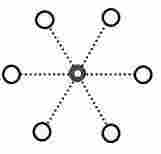
A star network consists of a central node and a terminal node. As shown in the figure above, the black circle in the middle is the center node, and the small circle on the outside belongs to the end node.
Central node: It is a gateway that is also the processing center of data.
Terminal Node: It is equivalent to detector accessories, such as wireless door sensor, smoke sensor, pressure, displacement, inclination, gas detector, etc
Why does LoRa have low power consumption?
The reason why LoRa consumes less power than NB-IoT is because very little data is transmitted.
It's like two people standing 100 meters apart, you have to shout at others when you shout at others, and you only need to listen quietly when listening, and the shouting must be much more tiring than the obedient.
The same is true for wireless network transmission, which consumes much more power when sending data than when receiving data. For example, the operating current of LoRa transmission exceeds 100mA, and the operating current received is only 10mA.
The transmission and reception mentioned here not only include the uplink and downlink of data, but also the uplink and downlink within the "heartbeat packet".
NB is like two people having a conversation: one person says "Tell you something, xxx" and the other person replies "Okay, I hear you". Both sides are talking (launch data).
And LoRa is like two people agreeing on a time, one person says "tell you something, xxx", and the other person only listens, but does not say a word.
NB-IoT, like 2G and 4G, is that the device actively asks the base station and asks, "I'm online, do you need to send me data?" In this process, the device needs to send data out.
LoRa does not need this step, LoRa will agree on a time window with the base station, when the time comes, the base station only speaks, and the terminal only listens. This is the core reason for LoRa's low power consumption.
Both parties agreed to start communicating "in 10 minutes", and it was very important for both parties to see if their respective watches were accurate. So LoRa terminals and base stations need to "time-to-time" on a regular basis, (via beacons).
The base station "spoke", did the terminal "hear"? If the base station needs to know whether the terminal has received the downlink information, it needs a feedback message from the terminal uplink.
LoRa has three modes of operation
LoRa works in a similar way to NB-IoT.
LoRa Class-A, equivalent to NB-IoT PSM mode. The IoT terminal must actively send a message to the base station, so that the base station can find the terminal and issue control instructions. The Class-A terminal can only receive data when it sends data
LoRa Class-B, equivalent to the eDRX mode of NB-IoT. The IoT terminal contacts the base station every short period of time, and then the base station can find the terminal and issue control instructions. Class-B terminal receives it at regular intervals (usually once every tens of seconds)
LoRa Class-C, equivalent to NB-IoT's DRX mode or socket persistent connection. The IoT terminal and the base station have always maintained close contact, and the base station can issue control instructions to the terminal at any time. Class-C terminals can be received at any time, and the power consumption is high
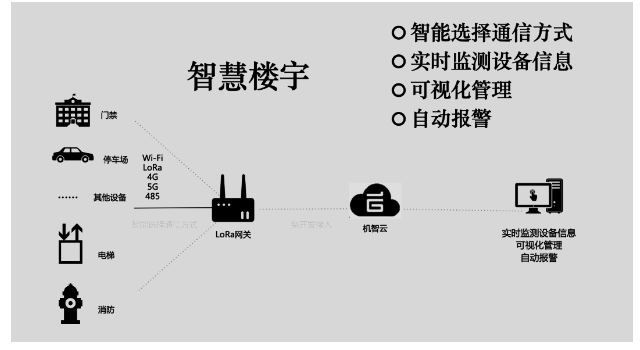
Select the LoRa working mode according to the application scenario
If you do not need real-time control of terminal devices, select Class-A. Saves power, one battery can last for several years. For example, smart water meters, gas meters, smart manhole covers, smart garbage bins, etc
If you need to control the terminal device in real time, and it doesn't matter if the delay is tens of seconds, choose Class-B. Power saving and control are balanced. One battery can also be used for half a year. For example, street lamp control, cattle and sheep locator, agriculture and forestry greenhouse control, etc.
If you need to control the terminal equipment in real time and have high latency requirements, choose Class-C and connect the power supply honestly. In other words, this situation is not the main application scenario of LoRa, and it is rarely used.
-
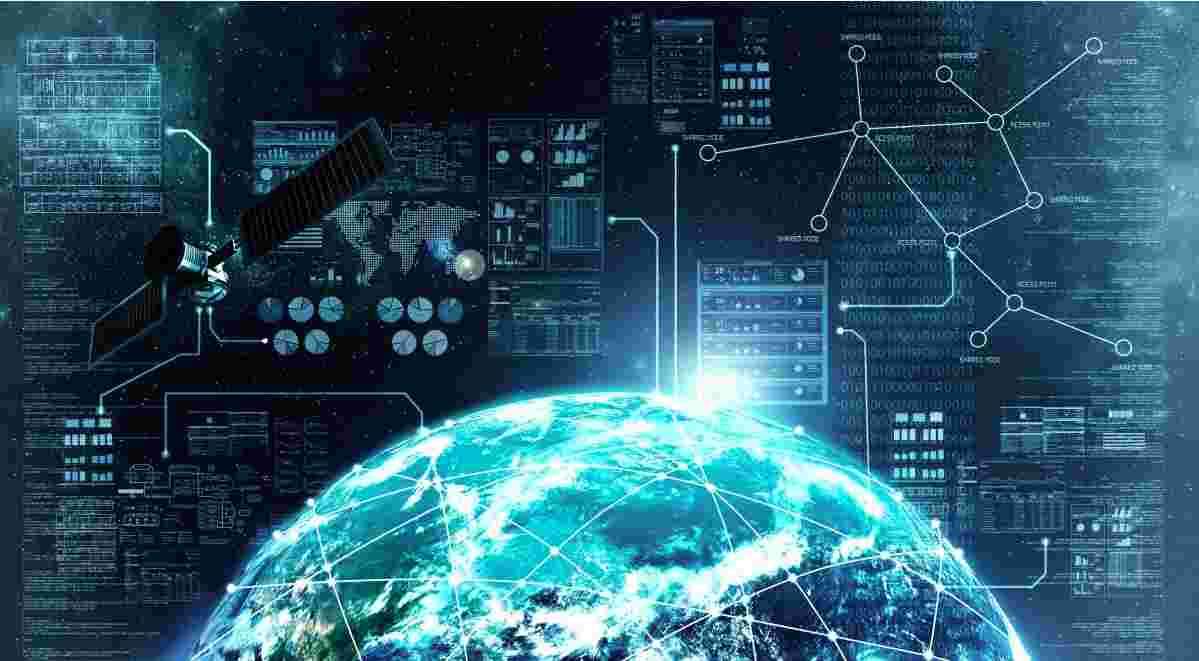 What does the IoT EPC consist?What is the architecture of an IoT EPC? RFID systems are indispensable! With the acceleration of global economic integration and information networking, in order to meet the identific
What does the IoT EPC consist?What is the architecture of an IoT EPC? RFID systems are indispensable! With the acceleration of global economic integration and information networking, in order to meet the identific -
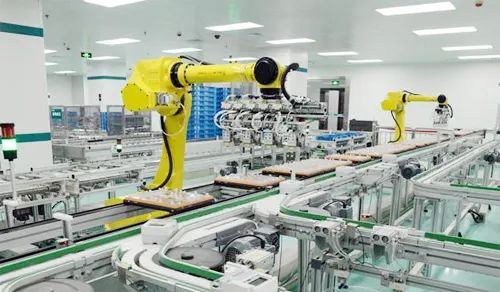 Industrial identification RFIDIndustrial identification RFID: industrial RFID example explanation China is a big industrial country, and industrial manufacturing is gradually moving towards intelligent manufacturing, creati
Industrial identification RFIDIndustrial identification RFID: industrial RFID example explanation China is a big industrial country, and industrial manufacturing is gradually moving towards intelligent manufacturing, creati -
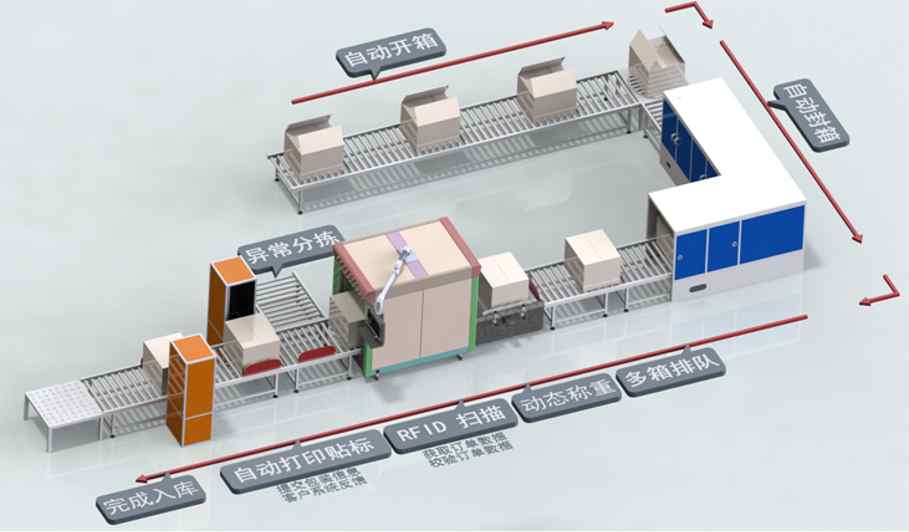 Discussion on RFID Testing Technology of Radio Frequency IdentificationDiscussion on RFID testing technologyWith the reduction of the price of readers and tags and the expansion of the global market, the application of radio frequency identification RFID (hereinafter ref
Discussion on RFID Testing Technology of Radio Frequency IdentificationDiscussion on RFID testing technologyWith the reduction of the price of readers and tags and the expansion of the global market, the application of radio frequency identification RFID (hereinafter ref -
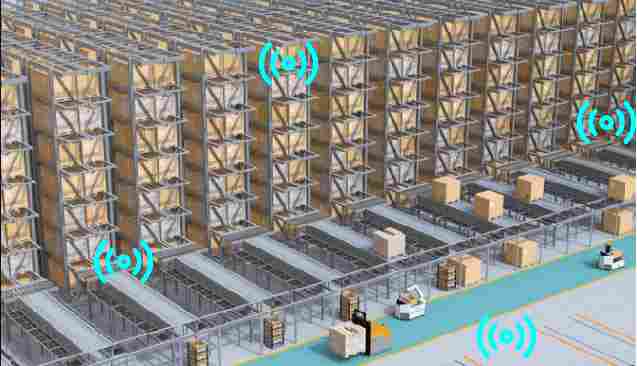 Lora Network Technology BriefWhat is LoRa and LoRaWAN LoRa is a physical layer or wireless modulation to create a long-distance communication connection, LoRa technology based on CSS modulation technology (Chirp Spread Spe
Lora Network Technology BriefWhat is LoRa and LoRaWAN LoRa is a physical layer or wireless modulation to create a long-distance communication connection, LoRa technology based on CSS modulation technology (Chirp Spread Spe










